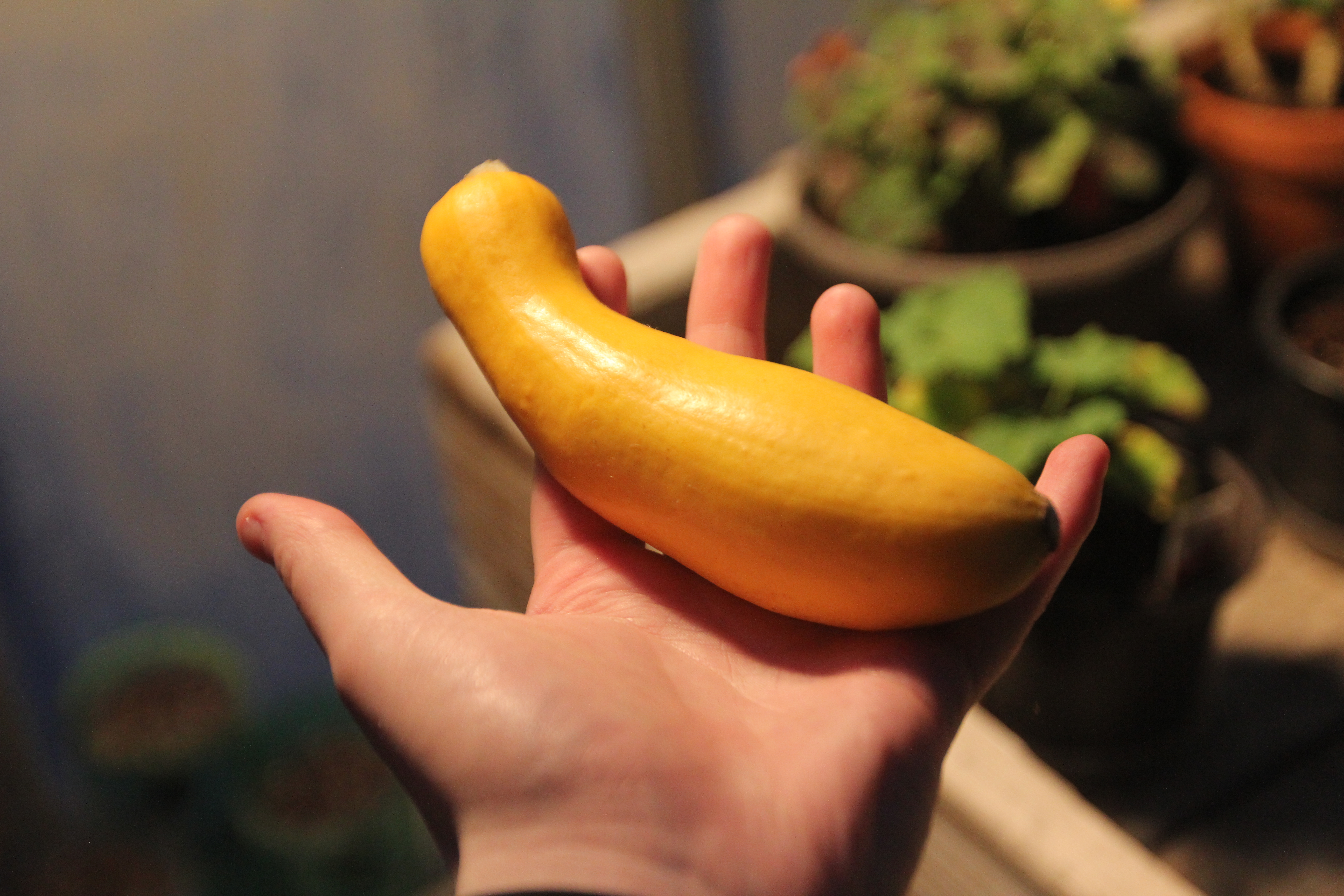Questionable pick for World Food Prize: GMOs

Monsanto, the single biggest food company supplying the public with genetically modified food, won the World Food Prize this year for its creation of GMO’s. All seems dandy, until a mass of people started to speak out against Monsanto as the awards were presented last week in Des Moines. There has even been a petition to take away the food prize from Monsanto, but, of course, that won’t happen.
The majority of people who are against Monsanto winning the World Food Prize are against it for good reason. In the comment section of http://blogs.vancouversun.com, a man broke down his reason for why he is opposed to GMO foods: “Mankind has been genetically manipulating our food since the beginning of agriculture. Carrots are really purple, corn is really dark, not yellow, wheat really has few seeds, every banana on our grocery shelves is a clone. Scary stuff.”
The path to modifications in our food supply can be a quirky trail.
“Purple carrots aren’t simply a novelty. Their unique color reflects their healthy phytochemical constituents. Not only does ‘Purple Haze’ have the vitamin A and beta-carotene of ordinary carrots — evident in its orange center — it’s also rich in anthocyanins, the antioxidant compounds that give blueberries their distinctive color and superfood health benefits,” an anonymous writer for organicgardening.com wrote.
The carrot turned orange after the Netherlands used primitive genetic modifying to turn the carrot from a purple to orange, the color of their nation once liberated from the UK. They did it so that if anyone ever ate an orange carrot, they would know where it came from. Well, the Netherlands succeeded so well that that is now the main color of carrots.
Bananas are also clones and, in fact, have mostly lost their ability to reproduce by nature’s standards. The most commonly sold banana, the Cavendish, are all genetically exactly the same. Because they are all clones descending from a single banana, if there was to ever be a super-virus to attack the Cavendish, most would be void of bananas for a good while.
Up to the 1950s, the most common banana was not the Cavendish, but the Gros Michel. However, the Gros Michel was wiped out by a fungus which caused Panama disease. The fungus attacked the roots of banana plants and was also resistant to fungicide. To compound the problem, all Gros Michel were identical clones; therefore, they were all easily affected, causing the fungus to spread across plantations incredibly quickly.
Another example of this is in 1845 to 1852 when Ireland experienced a famine, dubbed “The Great Potato Famine,” and it happened for closely the same reasons. A majority of the crops shared very similar genetic makeups, which made it an easy victim to the disease that killed off many of the potatoes. Approximately 1 million people died from this famine, and a million more emigrated. Not all potatoes were affected because there were types that did not have almost identical genetic makeups, and were still able to grow. Today, that severe of a problem would not happen, though almost all of a kind of plant would die because all GMO crops are essentially clones of one another.
This brings into point the “Round-Up Ready” crops and all of the like. “Round-Up Ready” crops were invented by Monsanto to create “peace of mind for hard jobs.” The main ingredient in Round-Up is glyphosate, which “has favorable environmental characteristics such as low volatility and binds tightly to soil,” according to Monsanto.
Carey Gillam of Reuters wrote an article that opposes that stand. He wrote in the article, “Heavy use of the world’s most popular herbicide, Roundup, could be linked to a range of health problems and diseases, including Parkinson’s, infertility and cancers, according to a new study. The peer-reviewed report, published last week in the scientific journal Entropy, said evidence indicates that residues of glyphosate, the chief ingredient in Roundup weed killer, which is sprayed over millions of acres of crops, has been found in food.”
This, essentially, is why most of Europe has outlawed genetically modified foods. A total of 14 European countries have successfully banned GMO foods from their land in some way, with Japan, Austria, Hungary, Greece, Bulgaria, Luxembourg and Germany completely outlawing them.
In the United States, the resistance to herbicides and pesticides in GMO crops gives farmers and cultivators the liberty to pour on the chemicals to ensure that no weeds or bugs get ahold of their growing money. But where does all that excess chemical application go? It goes into the soil to be absorbed by the next generation of plants that may eventually be immune to it. It’s contained in the cells of these plants, so consumers are eating the same chemicals that are used to kill bugs and weeds second-hand.
A Darwinian theory is also at hand in the fight against GMO. The more we use these pesticides and herbicides, the more an organism that is being affected by it will mutate to also be immune to it. That leads to an increasing need to develop new herbicides and pesticides so seed companies can continue fighting off these mutant bugs and plants.
So why do we continue to support the utter opaqueness of the Monsanto company? Obama, the leader of “the most transparent administration in history,” signed a law dubbed the “Monsanto Protection Act” that lets Monsanto not put labels on their GMO foods on March 26, but I believe that GMO foods need a lot more investigation, independent investigations at that, so that there are no researchers’ biases. The known risks are too dangerous, and the only reason that the company is still standing is due to government protections and the excessive amount of money that Monsanto brings in. It is just not right that Monsanto can win a food prize for their so called advances in genetic engineering. It is possible to manipulate plants to produce more yield or withstand cruel environments through natural processes.









You must be logged in to post a comment Login